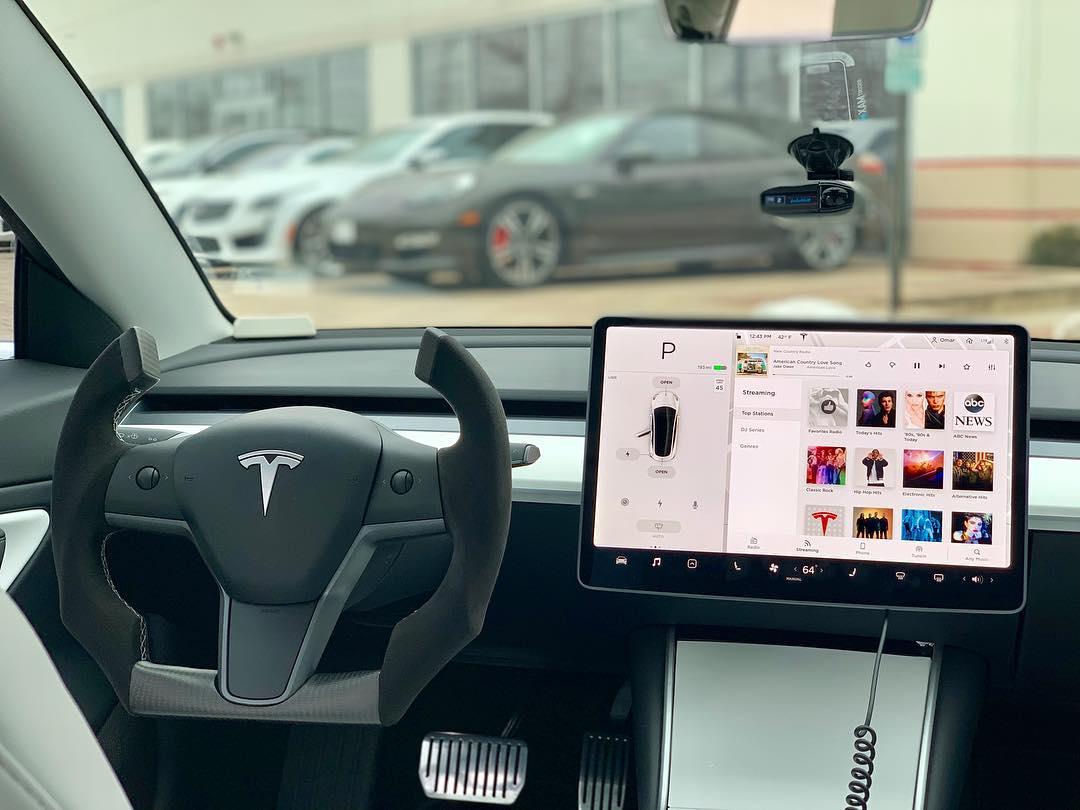CitroJim wrote: 13 Oct 2020, 17:21
I'm happy with the mechanical bits and the motor itself in the Tesla unit but that big board of electronics terrify me...
I can't see it having a long and happy life as it's lives in quite a hostile environment... Still, I guess Mr. Musk will make lots of loot from selling spares as they fail...
I get where you're coming from Jim but I think you're over estimating the hostility of the environment the board is in. It's in a far less hostile environment than a regular ECU in the engine bay of an ICE is exposed to.
Ambient air temperature in an ICE engine bay can reach around 50C thanks to heat from the motor and radiator, and surface temperatures of the engine around 90C.
The coolant temperature of the motor in the Tesla would rarely get over 40C even when pushed hard and the outside temperature of the motor casing will not even be warm to the touch, with ambient air around the motor literally being outside ambient air temperature. The efficiency is so high at about 95% that heat production is minimal.
The power components in the inverter are all mounted on a heatsink with direct thermal connection to the coolant loop, with the same coolant loop cooling both the power electronics and the oil which is pumped through the oil cooler. So the electronics have active liquid cooling that you don't find in ECU's in an ICE vehicle. So heat is not an issue beyond the heat generated by the inverter itself during high power output.
The other things that make an ICE engine bay a harsh environment for electronics is vibration from the engine and electrical transients from a spark ignition system. The Tesla motor (or any EV motor) obviously doesn't have a spark ignition system, (so the only high voltage transients are coming from the inverter itself) and also produces no vibration at all since there is no reciprocating motion.
The motor is fully suspended by the suspension so road vibration is no worse than anywhere else on the car, in fact it's probably better isolated as the motor is mounted on rubber isolation mounts on the suspension subframe.
Building the inverter onto the side of the motor reduces the complexity of the cooling loop system (since inverter and motor share the same cooling loop) and also eliminates three external high voltage cables. The inverter in many EV's such as the Ion or the Leaf is just a big rectangular box which doesn't allow for efficient packaging in the available space, while building the inverter onto the side of the motor allows it to be shaped to fit into the space available in the suspension subframe, avoiding having a box stacked separately on top of the motor like the Ion or Leaf.
As to how reliable the inverter boards will be over time and how expensive to replace or repairable they will be remains to be seen of course - but if they do turn out to be unreliable, it won't be due to them being in a harsh environment.




